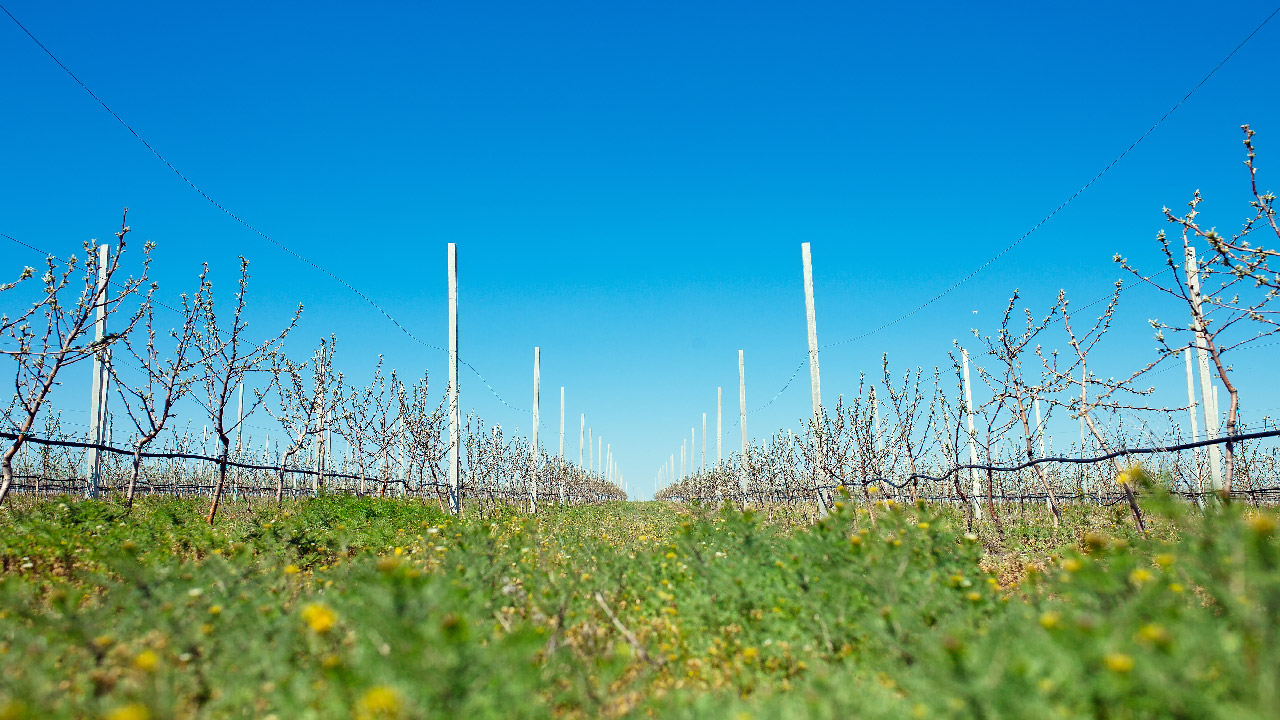How to Irrigate an Orchard
Jun 27th 2023
Growing an orchard for yourself or a small commercial operation can be an excellent investment in perennial agriculture. Producing for years, fruit and nut trees can provide an abundance of food, drinks, ferments, and preserves. One of the best ways to keep yields high is to ensure your trees have a steady source of water. If you're wondering how to irrigate an orchard, read on to learn about possible solutions.
Healthy and productive orchards begin with the water source. There are three major types of irrigation systems used for orchards: drip irrigation, overhead irrigation and under tree sprinklers. The best system for you may depend on your climate and topography, but we will go over each.
Drip Irrigation
Drip irrigation is a system that allows water to slowly drip onto the roots of the plant, both above and below the soil surface. It is the most efficient way to irrigate, limiting runoff and allowing for the most amount of water absorption in the soil. This also contributes to less plant disease because the water is targeted where it is needed most and doesn't get on the rest of the plant. There is a high degree of control over drip irrigation. You can run it in long rows with PVC pipe or wrap driplines around the base of the tree to deliver water around the entire base. DripWorks offers a convenient drip irrigation kit that comes with everything you need to get started watering your own orchard, including ½" emitter tubing, a filter and a pressure regulator.
Overhead Irrigation
Overhead irrigation works just like it sounds, utilizing overhead sprinklers to rainwater down on the orchard from above. This can be a good option for orchards that have a large water supply nearby, but it uses a lot more water than drip irrigation systems. There is also more potential for diseases to spread, and it can lead to overwatering.
Under Tree Sprinklers
These sprinklers are usually set up right near the base of the tree, like the drip irrigation system, but they can expend a lot of water like the overhead irrigation systems. A great way to combat water waste with this method is by utilizing a micro-irrigation system that uses micro sprinklers to deliver small, efficient amounts of water to the tree, ideal for irrigating sloping or irregular orchard areas. Micro sprinklers can also be used to help prevent freeze damage and are very simple to install.
Irrigating Common Orchard Trees
One of the most common trees you'll find in an orchard is apples. Delivering wonderfully fresh fruit, apple trees aren't too high maintenance after getting established the first year. When irrigating your trees, it is essential to ensure the roots don't get soggy and prevent standing water. Almond trees typically need much more water to thrive; about 1 gallon of water per day per tree, depending on climate and season. Pear trees, on the other hand, thrive with about a gallon of water per week. Peaches are one of the fastest growing fruit trees, but they don't like the cold and require thorough watering at least once a week in the dry season.

